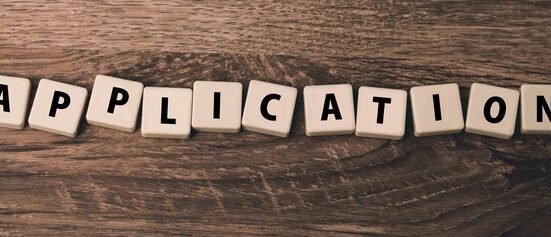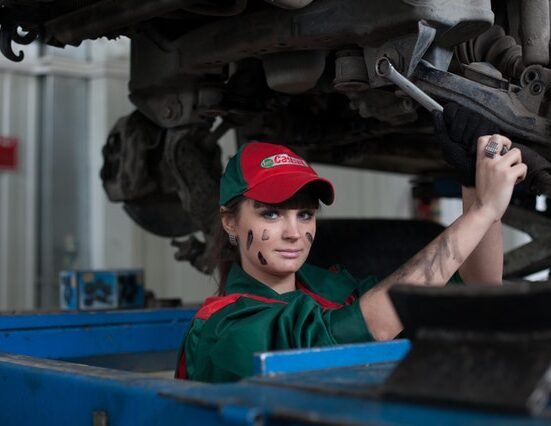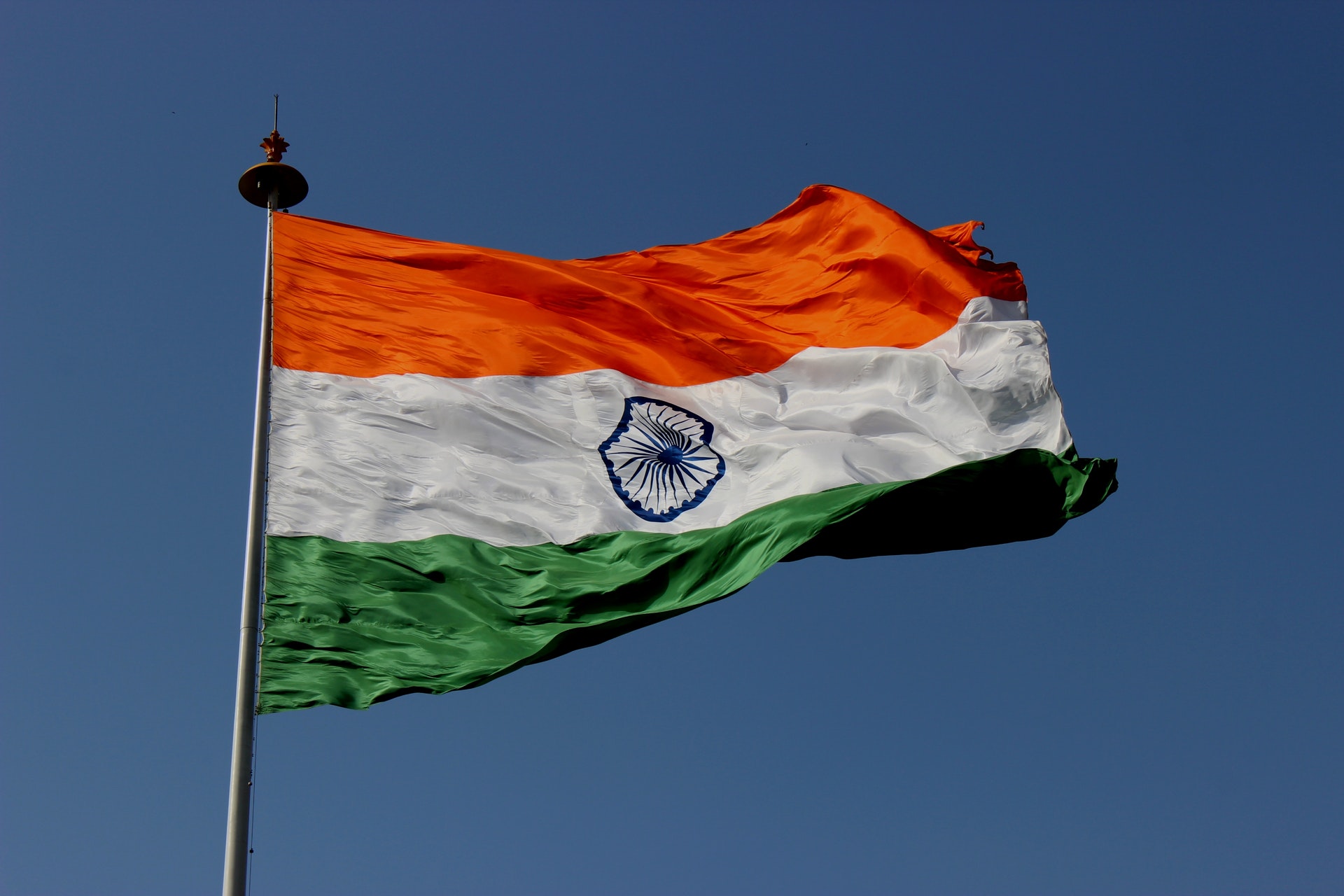Independence Day is an annual national holiday in India celebrated on August 15. In 1947, British control came to an end, and India became a free and independent nation. It also commemorates the partition of the Indian subcontinent into India and Pakistan, which took place at midnight on August 14–15, 1947.
Flag-raising rituals, drills, and the singing of the Independence day song like the National Anthem are all part of India’s Independence Day celebrations.
The state capitals also provide a variety of cultural programs. A parade of personnel of the military forces and police follows the Prime Minister’s participation in the flag-raising ceremony at the ancient Red Fort monument in Old Delhi.
The Prime Minister then delivers a televised address to the nation, highlighting India’s main achievements during the past year as well as future challenges and ambitions. Flying kites of all sizes, shapes, and colours has also become an Independence Day ritual. In addition, even though government offices in New Delhi are closed, they stay illuminated to mark the day.
India, one of the world’s greatest democracies, will commemorate its 76th Independence Day on August 15, 2022. This day commemorates the historic moment in 1947 when the country finally broke the chains of oppression and declared independence from the British empire.
Table of Contents
History of Independence day
By the seventeenth century, European traders had established outposts in India. The East India Company established itself as the dominating force in the 18th century through fighting and conquering small kingdoms. The Government of India Act of 1858 gave the British Crown direct rule of India following the Indian Rebellion of 1857. The Indian National Congress Party, founded in 1885, was one of the first civic organisations to develop in India in the decades afterward.
The reform was gradually legislated by the British during the 1930s, and Congress gained elections as a result. Pakistan the following decade was marked by political upheaval, with India’s involvement in World War II, the Congress’ final effort for non-cooperation, and a resurgence of Muslim nationalism led by the All-India Muslim League. Independence in 1947 brought an end to the rising political tensions. The joy was tempered by the subcontinent’s brutal separation into India and Pakistan.
The day before India Independence Day
The Purna Swaraj declaration, or “Declaration of the Independence of India,” was promulgated by the Indian National Congress in 1929, and 26 January was declared Independence Day in 1930. People were encouraged to engage in civil disobedience and “to carry out the Congress directives issued from time to time” until India achieved total independence, according to the Congress.
The purpose of observing an Independence Day was to build nationalistic fervour among Indian residents and force the British administration to consider giving independence. Between 1930 and 1946, the United States Congress designated January 26 as India Independence Day. Meetings where the attendees made the “pledge of freedom” were held throughout the celebration.
Background information
In 1946, Britain’s Labour administration realised that, with its exchequer depleted by World War II, it lacked the domestic mandate, international support, and native force reliability to maintain control in an increasingly restless India. Prime Minister Clement Attlee said on February 20, 1947, that British India would be granted complete autonomy by June 1948.
Celebration of the Happy Independence Day
- 08.30 am. At Government House, the governor general and ministers are sworn in.
- 09.40 am. Ministerial procession to the Constituent Assembly.
- 09.50 am. Drive to Constituent Assembly by the State.
- 09.55 am. Salute to the Governor General.
- 10.30 am. At the Constituent Assembly, the national flag is hoisted.
- 10.35 am. Government House is reached via a state highway.
- 06.00 am. India Gate holds a flag ceremony.
Let us salute the country!
I promise that the sacrifices of our forefathers will not be in vain.
I am proud to be a citizen of such a great country.
Nothing compares to living in a self-sufficient and independent country.
Independence Day Speech Ideas
On August 15th, 1947, India became independent.
Our country gained all of its essential rights following independence.
We should all be pleased to be Indians, and we should be grateful for our good fortune in being born in this country.
Many liberation fighters’ lives were lost and decades of battle were waged between 1857 and 1947.
An Indian soldier in the British army (Mangal Pandey) was the first to speak out against the British in the fight for India’s independence.
Several heroic freedom warriors later toiled and sacrificed their entire lives to achieve freedom.
All the freedom fighters who gave their lives at a young age to fight for their nation, such as Bhagat Singh, Khudi Ram Bose, and Chandra Sekhar Azad, will be remembered forever.
Gandhiji was a renowned Indian leader who taught nonviolence to his people. Our forebears have blessed us with a land of peace and contentment, where we can sleep soundly all night and spend our days at school or at home. The national flag is raised and the national song is sung to commemorate Independence Day.






